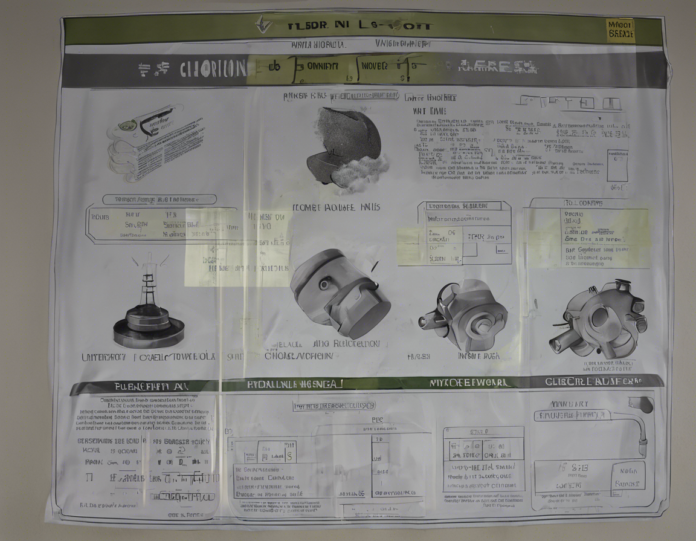Chlorine: Metal or Nonmetal, Explained
Chlorine is a chemical element with the symbol Cl and atomic number 17. It is a halogen that is commonly found in the form of chloride compounds. However, when it comes to categorizing chlorine as a metal or nonmetal, it universally falls under the latter category. In this comprehensive article, we will delve into the properties of chlorine, its classification as a nonmetal, and its significance in various fields.
What is Chlorine?
Chlorine is a highly reactive, toxic, and greenish-yellow gas at room temperature. It belongs to the halogen group in the periodic table, which also includes fluorine, bromine, iodine, and astatine. Chlorine is widely used for various industrial and domestic purposes, such as disinfecting water, producing solvents and plastics, and in the manufacture of a wide range of chemicals.
Properties of Chlorine
- Physical Properties:
- Chlorine is a diatomic molecule with the chemical formula Cl2.
- It has a pungent smell and is corrosive in nature.
-
Chlorine gas is denser than air and liquefies at -34 degrees Celsius.
-
Chemical Properties:
- Chlorine is a highly reactive element that readily forms compounds with other elements.
-
It is known for its strong oxidizing properties, capable of reacting with a wide range of substances.
-
Classification as a Nonmetal:
- In the periodic table, metals are found on the left side, nonmetals on the right side, and metalloids in between.
- Chlorine is located in Group 17, also known as the halogen group, which consists of highly reactive nonmetals.
- Nonmetals typically have properties opposite to those of metals, such as poor conductivity and dull appearance, which are characteristics exhibited by chlorine.
Importance of Chlorine
- Water Treatment:
-
One of the most significant uses of chlorine is in water treatment plants to disinfect water and kill bacteria and other harmful microorganisms.
-
Chemical Industry:
-
Chlorine is a key ingredient in the production of a wide range of chemicals including PVC, solvents, and pesticides.
-
Medical Applications:
-
Chlorine compounds are used in pharmaceuticals and medical disinfection processes.
-
Plastics and Polymers:
- PVC (polyvinyl chloride) is a common plastic derived from chlorine, widely used in construction and medical industries.
Safety and Precautions
- Toxicity:
- Chlorine gas is toxic and can cause severe respiratory issues if inhaled.
-
It is crucial to handle chlorine with caution and follow safety guidelines when working with it.
-
Corrosive Nature:
-
Chlorine is highly corrosive and can cause damage to skin, eyes, and respiratory tract upon contact.
-
Proper Ventilation:
- When using chlorine in industrial processes, it is essential to ensure proper ventilation to prevent the accumulation of chlorine gas.
FAQs (Frequently Asked Questions)
- Is chlorine a metal or nonmetal?
-
Chlorine is classified as a nonmetal due to its properties and location in the periodic table.
-
What are the main uses of chlorine?
-
Chlorine is primarily used for water treatment, chemical production, plastics manufacturing, and medical applications.
-
How does chlorine disinfect water?
-
Chlorine effectively kills bacteria and other pathogens by oxidizing their cell walls and disrupting their cellular function.
-
Is chlorine safe for drinking water treatment?
-
Chlorine is considered safe for water treatment when used in appropriate concentrations, as it helps eliminate harmful microorganisms.
-
What are the health risks associated with chlorine exposure?
- Inhalation of chlorine gas can cause respiratory issues, skin irritation, and eye damage. It is crucial to handle chlorine with care.
In conclusion, chlorine is a versatile element with significant industrial, commercial, and domestic applications. While it may pose health and safety risks if mishandled, proper precautions can ensure its effective and safe utilization in various processes. Understanding the properties and uses of chlorine can help in maximizing its benefits while mitigating potential risks associated with its reactivity and toxicity.






